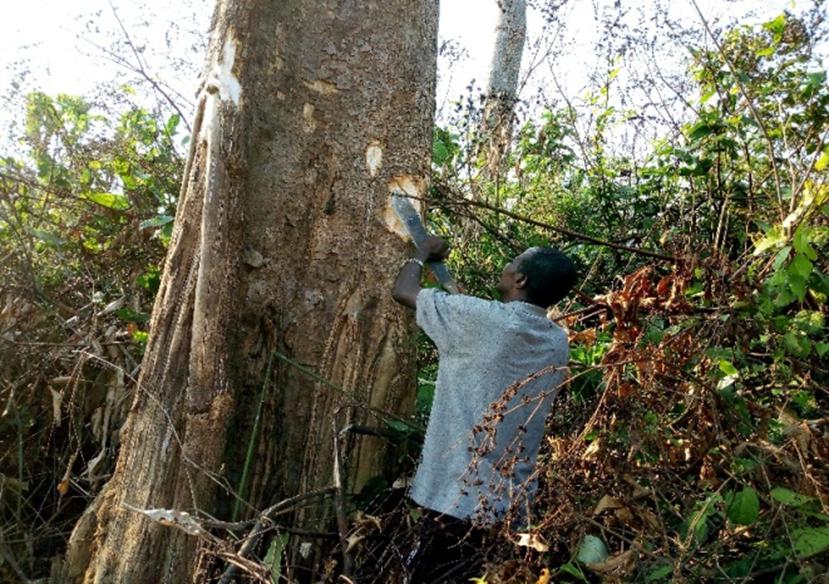Mushagalusa Batumike Rodrigue
Other projects
4 Sep 2019
Determining Sustainable Extraction Rates of Important Timber and Non-Timber Forest Products in Lomami National Park in DRC
Understanding forest use by local communities can help managers make better management decisions. I will investigate forest use by communities surrounding Lomami national park (NP), the newest NP in DRC. I will use focus-group discussions with village elders from different ethnic groups. This will allow for the identification of i) products (animal, plant) whose extraction could be regulated, ii) products whose extraction should be limited and iii) alternative livelihood strategies which could be promoted. In the mid- term, the Lomami NP and its endangered animals will be better conserved while the surrounding populations will be able live decently.

Understanding forest use and valuation by local communities can help managers make better management decisions. For instance, some non-timber forest products can be harvested sustainably, contributing to the livelihoods of surrounding communities. As different ethnic groups may use and value forest differently (e.g. Cuni-Sanchez et al. 2016), it is important to understand the differences between these groups, before implementing new regulations.
In 2014, a new law which considered sustainable development of protected area edge communities was promulgated in the Democratic Republic of Congo. Following this new law, the Lomami national park was created in July 2016. This new park has a core area and a large buffer zone in which local communities should be allowed certain extractive activities to satisfy their own needs (Mushagalusa, 2016). Because of this recent law and novel approach for this new park, information is urgently needed to define which natural resources can be extracted in the buffer zone. Unfortunately, little is known about the current forest use and the differences in forest use between the communities surrounding Lomami national park. This small research project could help fill in this gap.